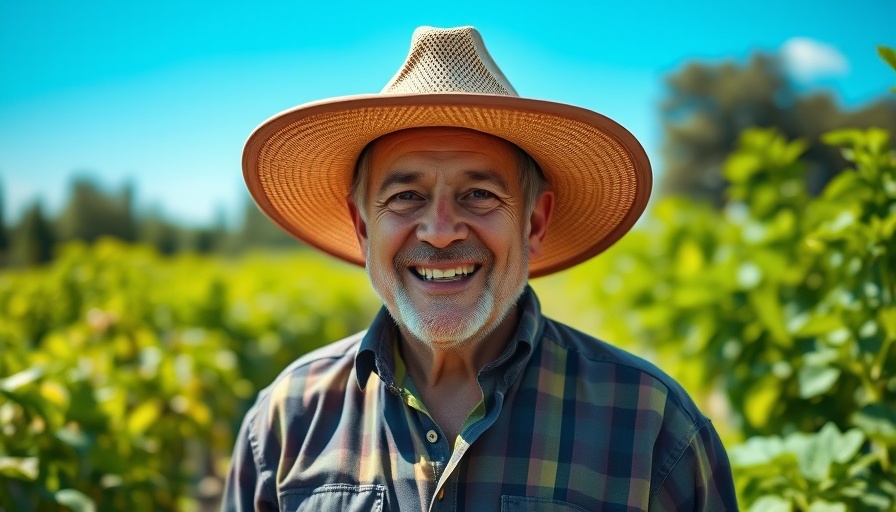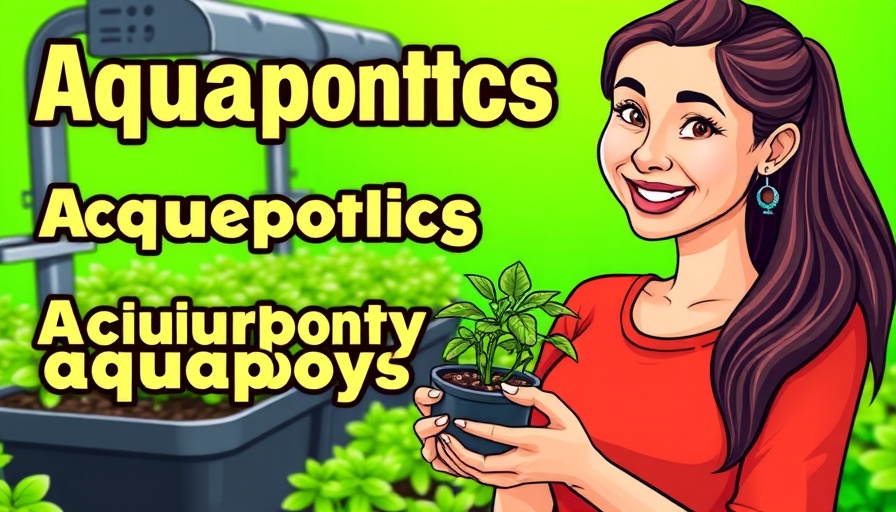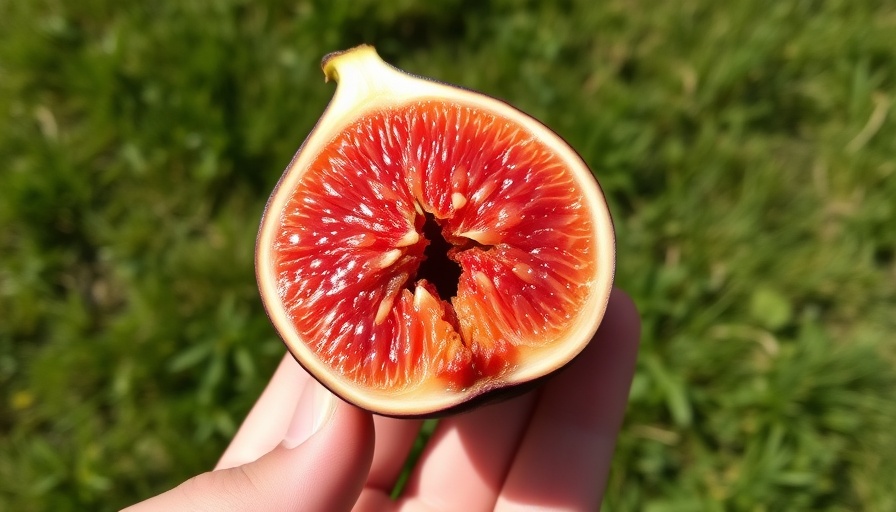
Biofuels: Can They Truly Sustain Us?
Have you ever pondered the sustainability of biofuels? With energy needs constantly rising, biofuels—derived from crops and agricultural residues—seem to present a promising alternative to fossil fuels. They also offer farmers new opportunities by diversifying crops and making use of waste materials. However, the sustainability of biofuels is complex and requires exploration.
In 'Is Biofuel Sustainable? - The World of Agriculture,' the discussion dives into biofuel production and its sustainability, leading us to explore key insights and implications for families and farmers.
The Challenges of Biofuel Production
The production of biofuels isn’t without its drawbacks. For starters, large-scale farming of biofuel crops like corn and soy often necessitates significant resources, including land, water, and fertilizers. This dependence on nitrogen fertilizers can lead to pollution through runoff, affecting the health of nearby lakes and rivers. Moreover, the associated greenhouse gas emissions—especially nitrous oxide—can diminish the climate benefits we hope to achieve.
Environmental Impacts and Sustainable Solutions
Expanding biofuel crop production can also pose risks to natural habitats, leading to increased carbon emissions when forests and grasslands are converted into farmland. Soil erosion, water overuse, and threats to wildlife further complicate the scenario. To improve sustainability, farmers can adopt better agricultural practices. Techniques such as cover cropping and reduced tillage can enhance soil health and minimize pollution, supporting resilience against climate change.
Optimizing Land Use for Better Outcomes
An effective approach to making biofuels more sustainable is the use of marginal or degraded lands for energy crops. This can reduce competition with food crops and help preserve soil health. Additionally, integrating biofuel and food crop production can result in more efficient land usage, benefitting both farmers and the environment.
In summary, while biofuel production presents opportunities for sustainable living—like providing alternative income and lowering fossil fuel dependency—it demands careful management to avoid negative impacts. Without proper practices, we risk exacerbating existing environmental challenges rather than resolving them. As families and farmers explore sustainable living options, understanding the intricate balance of biofuel production is essential for a healthier future.
 Add Row
Add Row  Add
Add 




Write A Comment